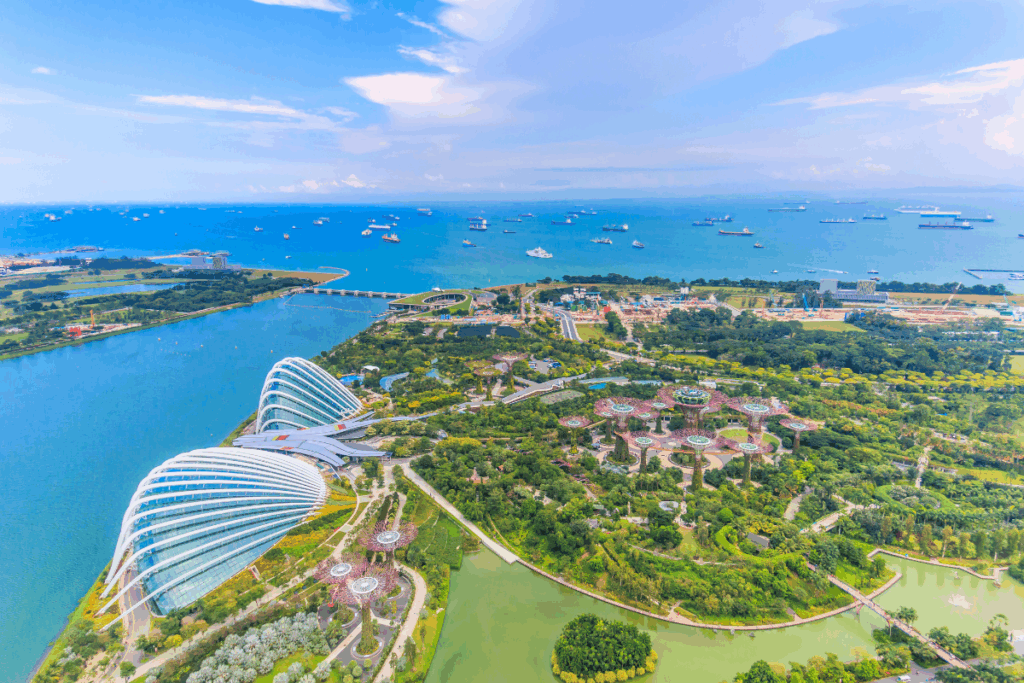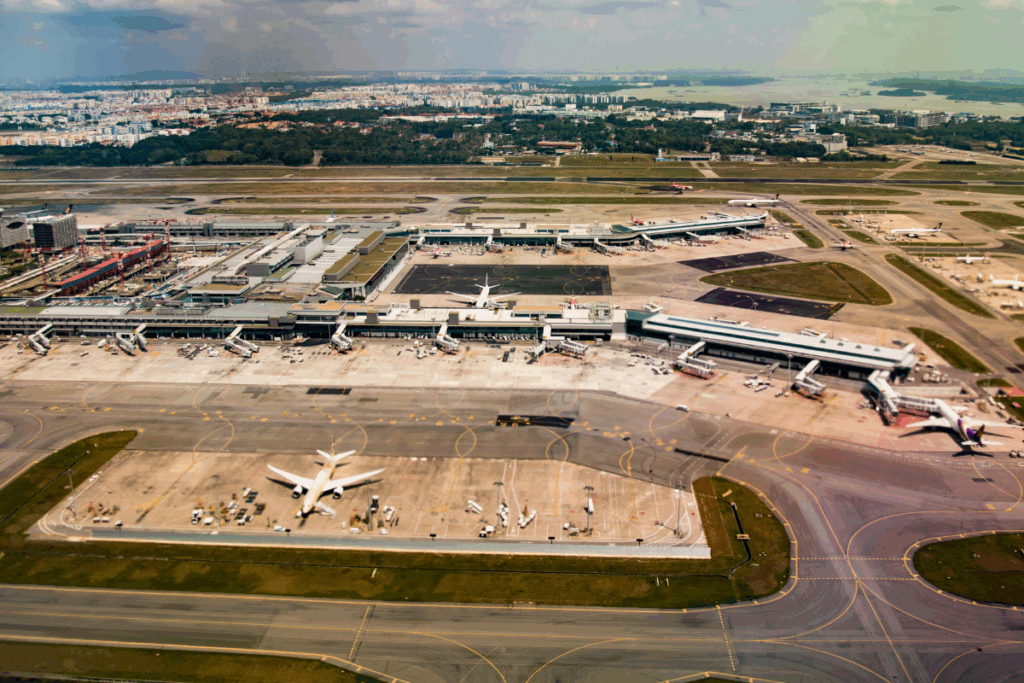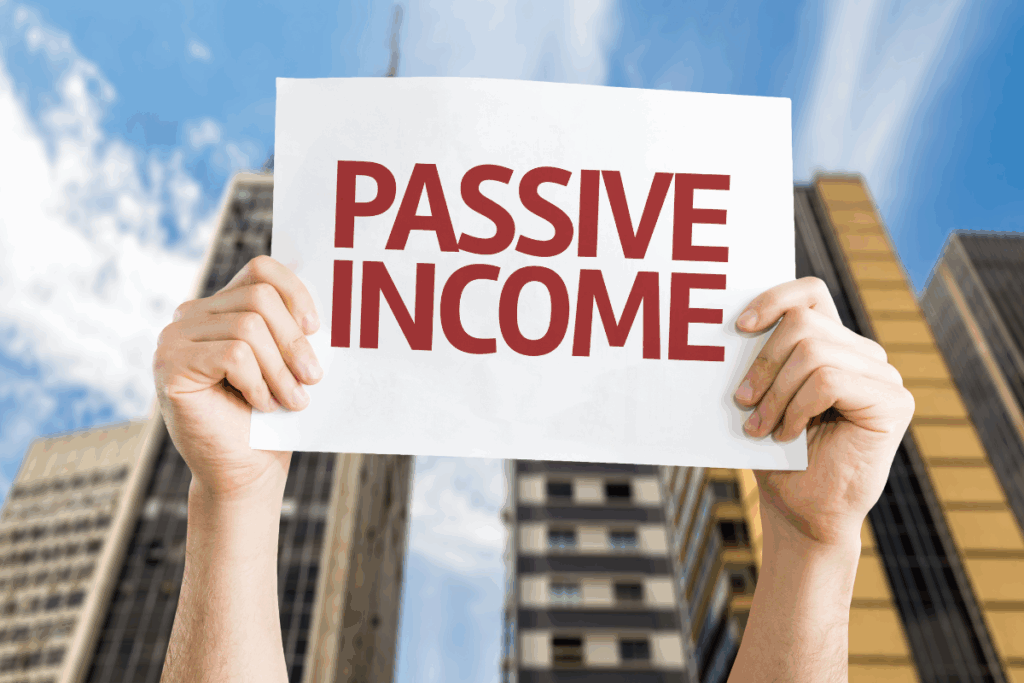Singapore is a city that seamlessly blends modern infrastructure with vibrant culture, making it an easy place to explore for both residents and visitors. Despite its small size, getting around efficiently can sometimes be a challenge if you are unfamiliar with the city’s transport system. Whether you are a tourist eager to see the sights, a resident commuting to work, or a business traveller on a tight schedule, understanding the best ways to navigate Singapore can save you time, money, and stress. In this guide, we will explore four of the most practical and convenient methods of transport in Singapore, highlighting their benefits, potential drawbacks, and insider tips to make your journey smoother.
1. Mass Rapid Transit (MRT)
The Mass Rapid Transit, commonly known as the MRT, is Singapore’s most popular and reliable public transport system. With a network that covers almost every part of the island, the MRT is a convenient choice for both locals and visitors. Trains are frequent, clean, and air-conditioned, making commuting comfortable even during peak hours.
The MRT network consists of several lines that intersect at key transfer stations, allowing passengers to move easily between different parts of the city. Stations are strategically located near shopping districts, business centres, and popular tourist attractions, which means you can reach most destinations without needing additional transport. Typical travel times range from ten to forty minutes depending on the distance, and fares are generally affordable, with single trips costing between two and three Singapore dollars for short distances. For longer journeys, the cost may increase to around three to four dollars.
One of the biggest advantages of the MRT is its predictability. Unlike road-based transport, trains are not affected by traffic congestion, which makes it ideal for travellers who need to stick to a schedule. For first-time visitors, purchasing a Singapore Tourist Pass offers unlimited rides for a set period, which can be particularly useful if you plan to explore multiple parts of the city in one day.
Practical tips for using the MRT include planning your route in advance using mobile apps that provide real-time train schedules. Avoid travelling during peak hours, typically between seven and nine in the morning and five and seven in the evening, if you prefer a less crowded experience. Additionally, the MRT stations are equipped with clear signage in English, so navigating the system is straightforward even for newcomers.
2. Taxis and Ride-Hailing Services
Taxis and ride-hailing services such as Grab have become a convenient alternative to public transport, especially for travellers who prioritise comfort or need to reach destinations that are not directly served by the MRT. Taxis in Singapore are metered, with fares starting at around three to four dollars and additional charges depending on distance and time of day. Ride-hailing services operate similarly, with fares calculated through mobile apps.
One of the main benefits of taxis and ride-hailing services is door-to-door convenience. You can be picked up directly from your location and dropped off exactly where you want, which is particularly useful for travellers with luggage or those attending business meetings on tight schedules. Moreover, ride-hailing apps allow you to estimate fares before booking, making budgeting easier.
While taxis and ride-hailing services offer comfort, they are not always the fastest option during peak traffic periods. Roads in the city centre can become congested, especially during weekends or rush hours. To avoid delays, it is advisable to use these services during off-peak times or for shorter trips where traffic is less likely to impact travel time.
For visitors, an insider tip is to use cashless payments whenever possible. Most taxis and ride-hailing apps accept credit cards or digital wallets, which eliminates the need to carry change. Additionally, you can sometimes take advantage of promotional codes offered by ride-hailing apps, which can reduce the cost of your journey significantly.
3. Cycling and Walking
For short distances or leisurely exploration, cycling and walking are excellent ways to experience Singapore up close. The city has invested in extensive pedestrian pathways and cycling routes, making both options safe and accessible. Many neighbourhoods, parks, and waterfront areas are designed to encourage walking and cycling, offering a more immersive experience than motorised transport.
Cycling can be a practical choice for commuters in areas with dedicated bike lanes. Public bicycle-sharing schemes make it easy for residents and tourists to rent a bike for short trips. Cycling is not only environmentally friendly but also allows you to avoid traffic and enjoy a degree of flexibility that public transport cannot offer. For longer distances or hot weather, combining cycling with the MRT can be an effective solution, as most stations provide bicycle parking facilities.
Walking is equally appealing, especially in the central business district, Marina Bay, and heritage districts such as Chinatown and Kampong Glam. These areas are pedestrian-friendly, with clear signage and well-maintained pavements. Walking provides the added benefit of discovering hidden gems such as local cafes, street art, and small boutique shops that may not be visible from a car or train.
When cycling or walking, safety should always be a priority. Ensure you follow local traffic rules, use designated paths, and wear reflective clothing or helmets if cycling at night. Carrying water and sun protection is advisable due to Singapore’s tropical climate. While walking and cycling may take longer than other modes of transport, they offer a relaxed and rewarding way to experience the city at your own pace.
4. Buses and Private Shuttles
Buses remain an essential component of Singapore’s public transport system, complementing the MRT network and reaching areas that are not served by trains. The bus network is extensive, covering nearly every neighbourhood in Singapore. Buses are air-conditioned and modern, offering a comfortable ride at a low cost, with typical fares ranging from one to two dollars for short trips.
For tourists, taking a bus can be a great way to see different parts of the city while travelling. Unlike the MRT, which often runs underground, buses allow passengers to enjoy city views and experience local neighbourhoods more intimately. Bus stops are plentiful, and most display route maps and real-time arrival information, making it easy to plan your journey.
Private shuttle services are another convenient option, particularly for business travellers or groups. Many hotels, airports, and shopping centres offer shuttle services to popular destinations. These services are often free or included in the price of accommodation, providing a stress-free alternative to taxis or ride-hailing apps. Private shuttles are also ideal for travellers with mobility needs, as they are more accessible and provide door-to-door service.
To make the most of buses in Singapore, it is advisable to use contactless payment methods such as the EZ-Link card or credit cards with NFC functionality. This eliminates the need to carry exact change and speeds up boarding. Additionally, combining buses with the MRT can optimise travel times, especially when covering routes that would otherwise require multiple train transfers.
Conclusion
Singapore offers a range of transport options that cater to different preferences, budgets, and schedules. The MRT is ideal for quick, reliable, and affordable travel across the city. Taxis and ride-hailing services provide comfort and convenience, particularly for door-to-door journeys or for those carrying luggage. Cycling and walking offer a more immersive experience for shorter distances, allowing you to enjoy the city at a leisurely pace while discovering hidden attractions. Finally, buses and private shuttles extend accessibility to areas beyond the MRT network, providing both flexibility and comfort for travellers and residents alike.
Choosing the right mode of transport depends on several factors, including your destination, time constraints, budget, and personal preferences. For example, a tourist looking to explore Marina Bay and Chinatown may find walking or cycling the most enjoyable option. In contrast, a business traveller heading to multiple meetings across the city may prefer a combination of MRT and ride-hailing services to optimise speed and convenience. By understanding the strengths and limitations of each transport option, navigating Singapore becomes a seamless and enjoyable experience, allowing you to focus on exploring the city rather than worrying about how to get from one place to another.
No matter which method you choose, Singapore’s transport system is designed to be safe, efficient, and accessible. Planning ahead, keeping track of schedules, and using digital tools for route guidance can further enhance your experience. With careful consideration and a little preparation, getting around Singapore can be as effortless as it is enjoyable, leaving you more time to appreciate the city’s unique culture, modern architecture, and vibrant atmosphere.


















